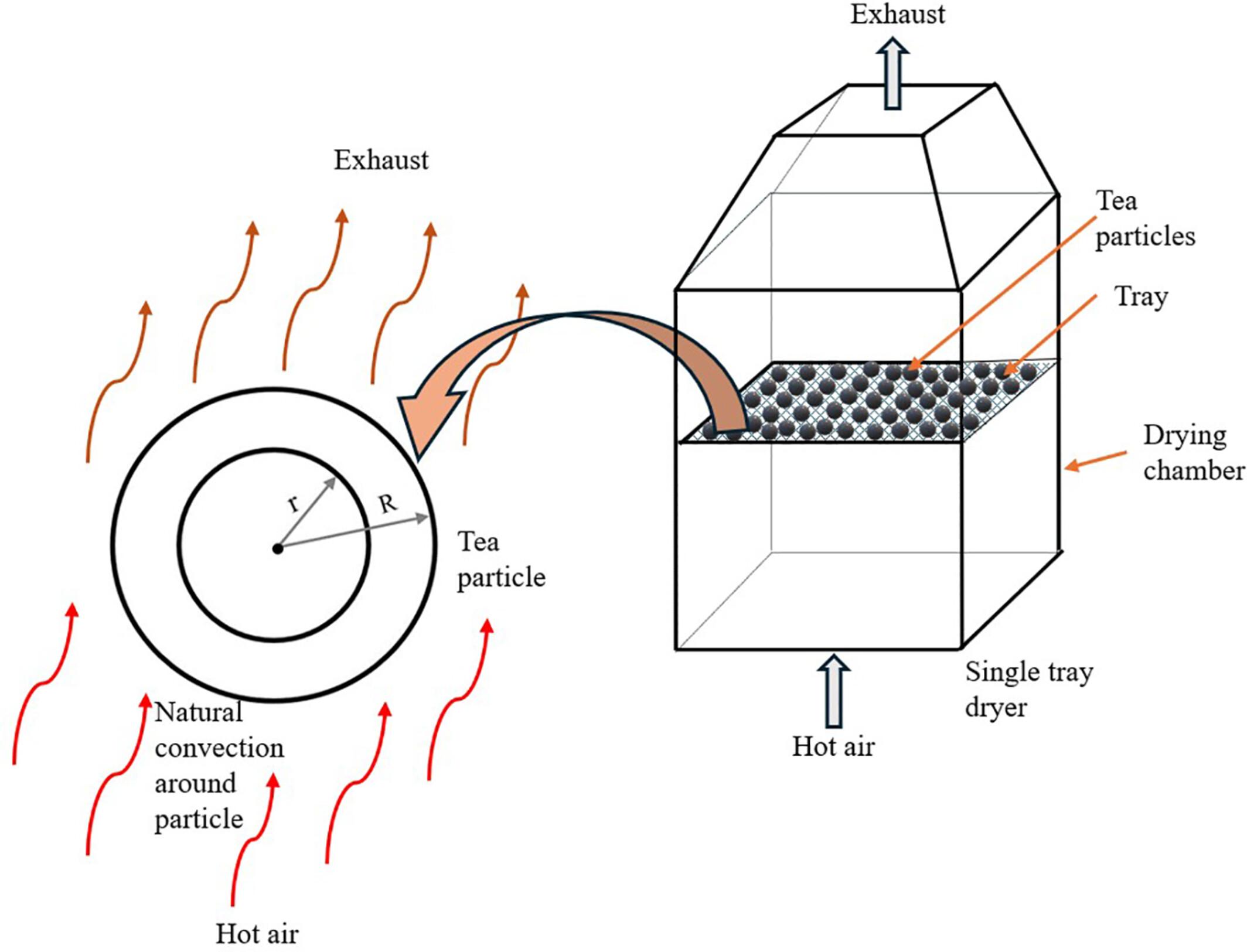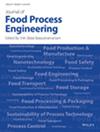Impact study of operating parameters on drying evolution of spherical tea particle under convective influence
Abstract
Tea is an important industrial crop. It is the second most popular among all the drinks. The drying operation in the tea industry fulfills the aim of enzyme inactivation and reducing the moisture content to the desired level. The energy consumption in drying operation in the tea industry is mostly in the form of thermal energy. Drying consumes a greater amount of energy than other processes in tea industries. Thermal energy needs are met mainly through fossil fuels. Renewable energy sources such as bioenergy and solar energy are also being adopted but at the minute level. Further, addressing problems such as stewing and case hardening (arises due to improper drying conditions) during drying is necessary to avoid quality loss. In this study, mass transfer modeling of drying of crush tear curl (CTC) tea particles is conducted considering natural convection around the tea particle. A finite difference method with an explicit scheme is used to solve the equations for mass transfer modeling of drying. The effect of drying air temperatures on moisture content, moisture ratio, and drying rates are computed. Drying air temperatures such as 80, 90, and 100°C have not shown effective drying. However, drying at air temperatures of 110, 120, and 130°C are recommended for drying times of 1500 s, 1200 s–1500 s, and 1200 s, respectively. Additionally, the effect of the size of the particles is studied and the lower size of tea particles is recommended for better drying characteristics. The current drying model can be used for single tray/conveyor dryers and indirect natural convection single tray solar dryer.
Practical applications
The present research work demonstrates the important information for the hot air drying of CTC tea particle in single tray dryer. The drying modeling results can be used to set the proper temperature level of drying air being sent inside the dryer to avoid the under and over-drying of tea particle and achieve the desired level of moisture content in the tea particle. Thus, the present study helps in deciding drying conditions such as drying temperature, drying duration for CTC tea particle in single tray dryer, slow speed conveyor dryer, and also in indirect natural convection single tray solar dryer.


 求助内容:
求助内容: 应助结果提醒方式:
应助结果提醒方式:


